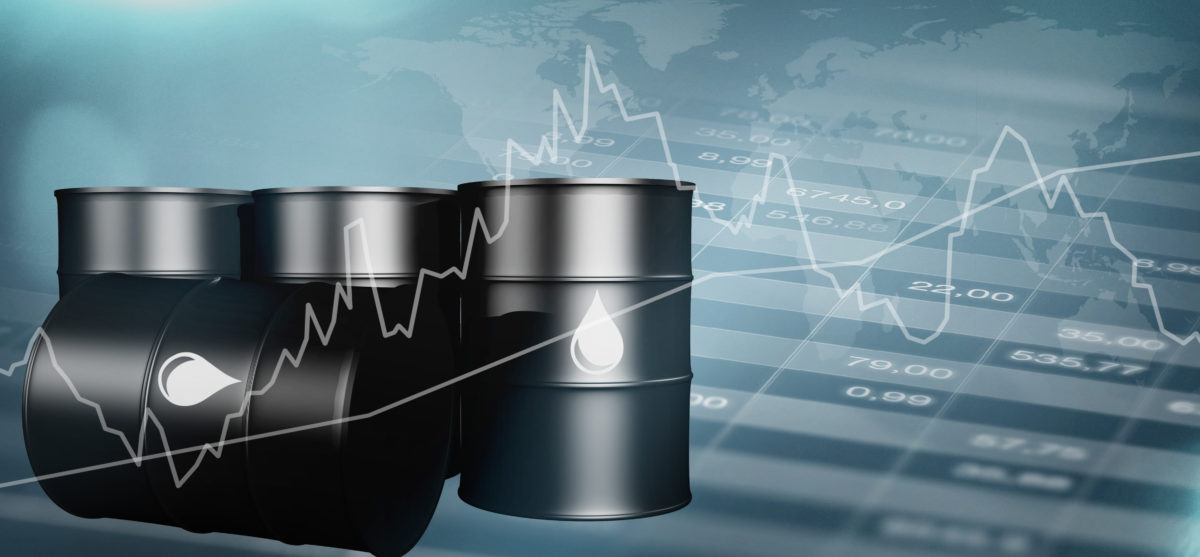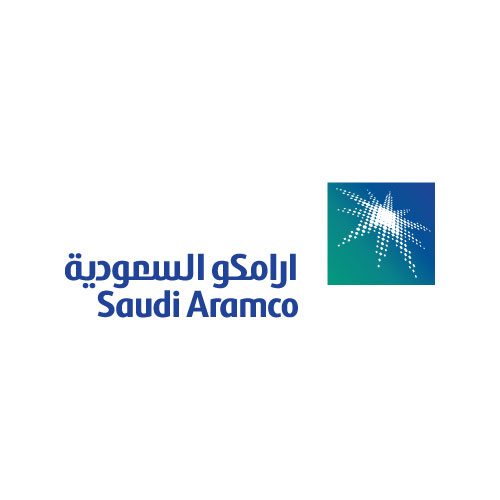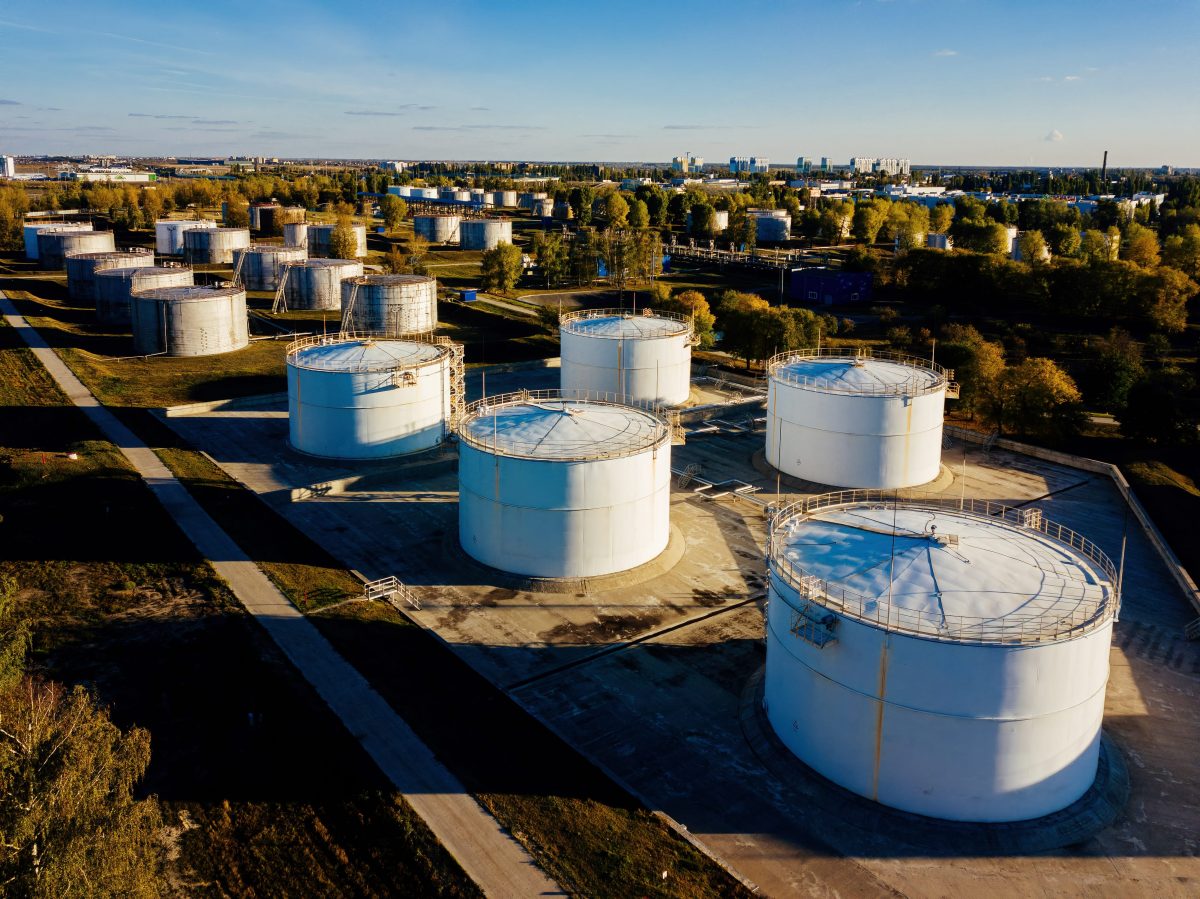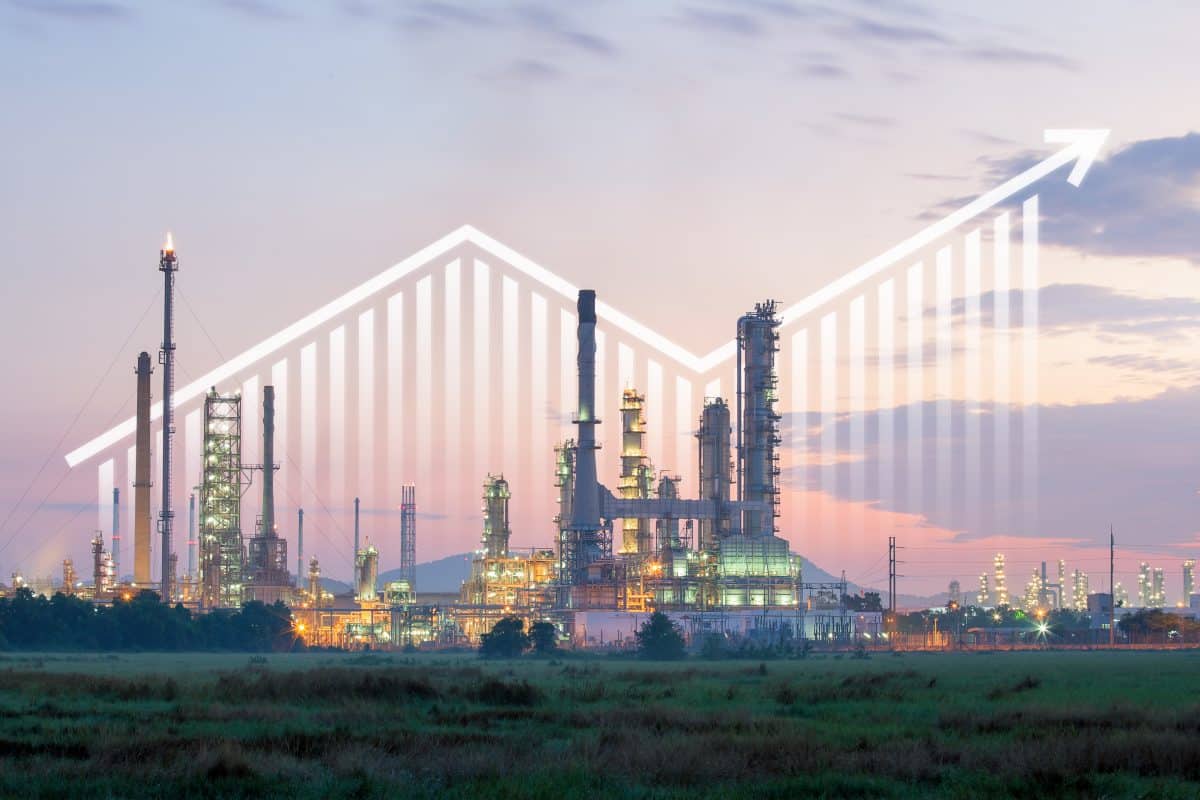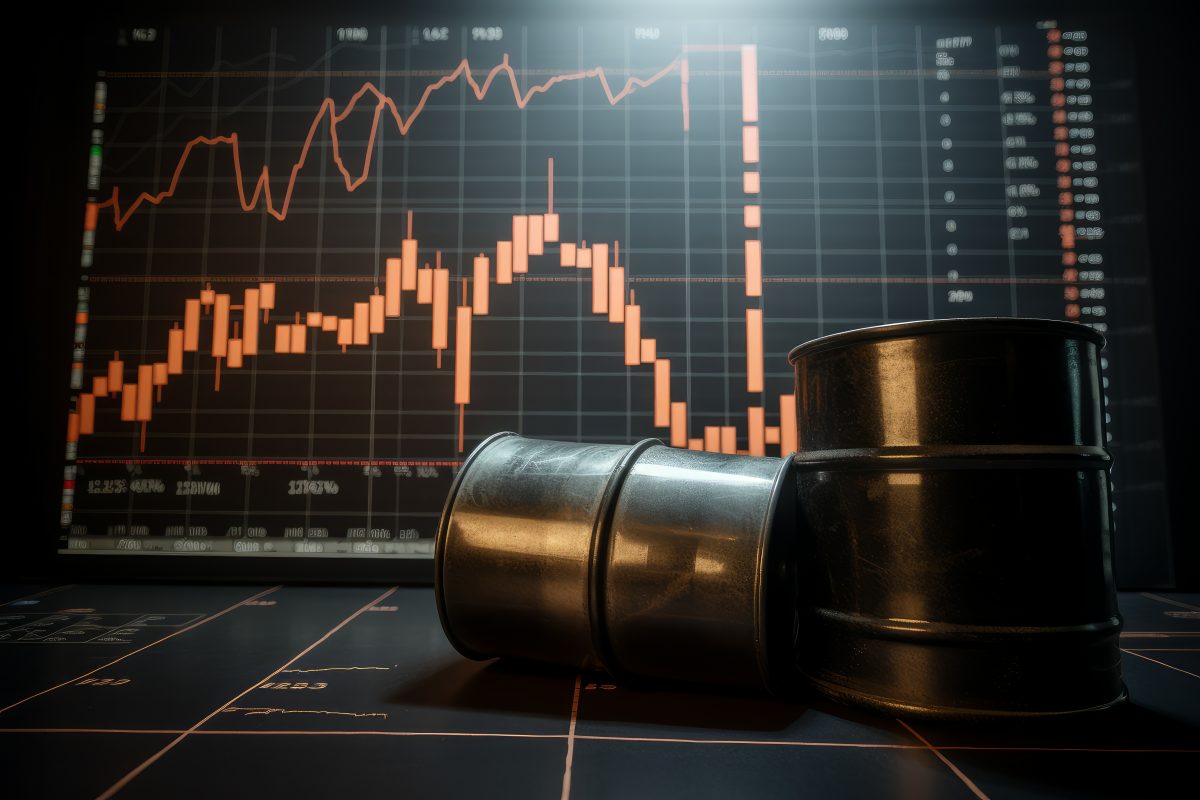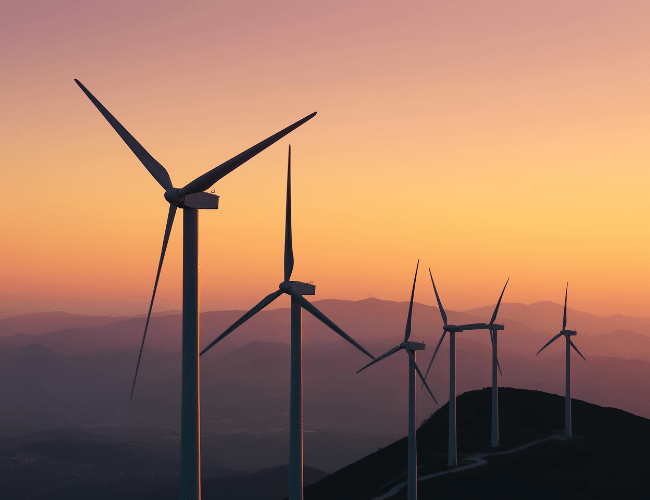Aramco’s journey reflects not just the shift in Saudi energy policy but a broader reimagining of what national oil companies can achieve on the global stage.
Saudi Aramco is not only the largest oil producer globally but also the most profitable business, surpassing tech giants like Apple and Microsoft. Aramco is evolving far beyond its traditional role, now positioning itself at the forefront of economic diversification, technological innovation, and sustainability, aligning with the broader vision set forth by Crown Prince Mohammed bin Salman to transform the Saudi economy and reduce its dependence on oil. This shift has turned Aramco into a key player in reshaping the kingdom’s energy landscape and broader strategic interests.
Driving Vision 2030
Aramco, Saudi Arabia’s economic crown jewel, is central to the ambitions of Vision 2030, which aims to diversify the economy and prepare for a post-oil future. As the primary source of funding for the Public Investment Fund, Aramco’s recent financial activities, including its record-breaking initial public offering in 2019 and a secondary share offering in 2023, are crucial in channeling resources into non-oil sectors. Funds raised through these offerings are being reinvested to support an array of domestic and international projects that are expected to reduce the kingdom’s reliance on oil and build a more resilient, diversified economy.
In a strategic move in March, Saudi Arabia transferred 8% of Aramco’s shares to the PIF – valued at around $163.6 billion, reflecting Aramco’s market worth – aiming to bolster the fund as the kingdom prepares for a possible IPO of the company. This transaction could provide additional financing for Vision 2030. The transaction raised the combined stake of the PIF and its affiliates in Saudi Aramco to 16%, equating to $327 billion in value.
New Discoveries and a Renewed Gas Focus
Aramco recently announced the discovery of two unconventional oil fields, an Arabian light crude reservoir, two natural gas fields, and two gas reservoirs in the Eastern Province and Empty Quarter. Aramco is set to invest between $48 billion and $58 billion in 2024, prioritizing exploration efforts even as it holds off on further expanding its oil production capacity.
Complementing these exploration efforts, the company is advancing its natural gas ambitions through strategic investments and contracts. Aramco has secured contracts exceeding $25 billion for the expansion of the Jafurah gas field and the third phase of its main gas network upgrade. In 2023, Aramco made its initial venture into the global liquefied natural gas market by acquiring a minority share in MidOcean Energy, recently expanding its stake to 49%. Aramco signed a nonbinding deal in June 2024 to purchase LNG from Sempra’s Port Arthur project in Texas, with the potential to acquire a 25% stake in Phase 2. Additionally, Aramco is negotiating with Tellurian to acquire a stake in its Driftwood LNG plant in Louisiana and reached a preliminary agreement with NextDecade Corporation for a 20-year LNG offtake from the Rio Grande export facility in Texas. Aramco’s potential LNG trading expansion comes at a time of growing demand, with Europe moving away from Russian gas and Asia transitioning from coal.
Decarbonizing Energy Production
Aramco has committed to reduce its operational emissions to net zero by 2050. At the sixth Future Investment Initiative in 2022, Aramco introduced what it said was “one of the world’s largest sustainability-focused venture capital funds” to drive lower-emission energy solutions. Aramco Ventures, the corporate venture arm of Aramco, is leading this effort.
Aramco Ventures’ investments focus on supporting the company’s decarbonization efforts, developing lower-carbon fuel businesses, and driving digital transformation. Through the Sustainability Fund, Aramco Ventures targets companies, such as Xpansiv, that are aligned with Aramco’s 2050 net-zero goal for Scope 1 and Scope 2 emissions (emissions related to a company’s operations) across its fully owned and operated assets. In January, Aramco announced it would inject an additional $4 billion into Aramco Ventures, bringing its total capital to $7 billion over the next four years.
Over the past two years, Aramco has signed several memorandums of understanding to explore potential lower-carbon energy solutions. In July 2023, Aramco entered into an agreement with Aker Carbon Capture, headquartered in Oslo, Norway, to explore collaboration on carbon capture, utilization, and storage as well as industrial modularization in Saudi Arabia. In May 2024, Aramco Ventures signed an agreement with U.S. climate tech company Spiritus to explore opportunities in direct air capture and revealed that Aramco Ventures had made an equity investment in November 2023. Aramco is one of several investors, including Amazon’s Climate Pledge Fund and Siemens Financial Services, to have together recently injected a total $80 million into the Los Angeles-based CarbonCapture, Inc. Aramco also entered into an agreement with Rondo Energy, which specializes in lower-carbon industrial heat and power.
Aramco has shown a commitment to continued growth in these areas. In January, the company revealed plans to inject $4 billion into its venture capital division, aiming to diversify Saudi Arabia’s economy away from oil. This funding will raise Aramco Ventures’ total capital to more than $7 billion, with venture capital fund Wa’ed Ventures receiving another $500 million to invest in local startups.
As Aramco ramps up gas production and carbon capture and storage initiatives, it also intends to focus on producing blue hydrogen and ammonia. In September 2020, Aramco, in collaboration with Japan’s Institute of Energy Economics and the Saudi Basic Industries Corporation, for the first time successfully produced a shipment of blue ammonia in Saudi Arabia and delivered it to Japan, with support from the Japanese Ministry of Economy, Trade and Industry. Aramco signed final agreements in July to acquire a 50% interest in Jubail-based Blue Hydrogen Industrial Gases Company, a division of Air Products Qudra, with provisions for purchasing hydrogen and nitrogen.
Strengthening Global Ties: Aramco’s Downstream Expansion
Aramco’s international reach has continued to expand, especially in downstream refining and petrochemical projects with the acquisition in 2020 of majority ownership of the Saudi Basic Industries Corporation and successful pursuit of new downstream opportunities.
The Aramco-SABIC merger has delivered key strategic benefits. By acquiring a 70% stake in SABIC, Aramco expanded its global petrochemical footprint to over 50 countries and strengthened its integration across the hydrocarbon value chain. This has strengthened Aramco’s position in the chemicals sector, diversifying its operations beyond crude oil and boosting resilience to market fluctuations. The merger has also leveraged SABIC’s expertise in innovation and materials, enhancing synergies in research and development.
Aramco is working to secure downstream deals in Asia, particularly bolstering its presence in China, as it aims to lock in long-term crude demand and tap into the growing petrochemicals market. After a September visit to Saudi Arabia by Chinese Premier Li Qiang, Aramco announced new agreements with key Chinese partners. The Development Framework Agreement with Rongsheng Petrochemical explores joint expansion of Saudi Aramco Jubail Refinery Company facilities and potential equity stakes in each other’s downstream projects, while the Strategic Cooperation Agreement with Hengli Group advances discussions on Aramco’s potential 10% stake in Hengli Petrochemical. In another downstream project in China, in May 2023, Aramco and its partners began construction of a refinery and petrochemical complex in Panjin, Liaoning province, where Aramco holds a 30% stake and the right to supply crude feedstock.
Investing in Innovation and Growth
Aramco is expanding beyond energy, embracing advanced technologies to optimize its operations and drive Saudi Arabia’s digital transformation, through its subsidiary, Aramco Ventures. Over the past couple of years, Aramco Ventures has shifted its focus; while earlier investments were centered around core oil and gas technologies, recent efforts have focused on fourth industrial revolution, digital, sustainability, and artificial intelligence technologies. The firm sees generative AI as a key tool in helping Aramco achieve its 2050 net-zero goal.
Saudi Arabia is rapidly emerging as the fastest-growing data center market in the Middle East, with its economy and public utilities quickly adopting new technologies to drive a sweeping digital transformation. According to Mordor Intelligence, the country’s “big data” and AI market is poised for significant growth.
The “KSA Cloud First Policy,” introduced in 2020, mandates that civilian government entities prioritize cloud solutions for any new information technology investments, propelling further expansion of cloud technology across the kingdom. This strategic shift marks a key milestone in Saudi Arabia’s journey toward becoming a global leader in AI and cloud computing.
Aramco Digital, the company’s tech subsidiary, plays a pivotal role in these initiatives, forming strategic partnerships to advance AI-driven innovation across Saudi Arabia. Aramco has signed multiple agreements to enhance the company’s supercomputing and AI capabilities. Aramco aims to use an AI supercomputer powered by advanced NVIDIA chips to optimize drilling and geological analysis. The company’s partnership with South Korean chipmaker Rebellions, Inc. is focused on exploring the use of AI neural processing unit chips in its data centers. Additionally, Aramco signed a memorandum of understanding with SambaNova Systems, an industry-leading South Korean firm that designs AI semiconductors, to drive digital innovation across the kingdom.
Aramco plans to deploy Cerebras CS-3 systems to enhance its cloud computing capabilities. Aramco Digital also launched the world’s first 5G processors in partnership with Qualcomm. According to Qualcomm, these chips are engineered to “transform 5G connectivity and coverage within a single processor.” Alongside the chip launch, the two companies are collaborating with Saudi Arabia’s Research, Development, and Innovation Authority to introduce the startup incubator program Design in Saudi Arabia. This initiative aims to support AI, wireless technology, and Internet of Things startups by offering technical assistance, business mentoring, and intellectual property training.
Aramco has established a partnership with Groq Inc., an AI startup specializing in inference technology, to construct a massive data center in Saudi Arabia. The center is projected to become a key hub for companies utilizing AI systems across the Middle East, Africa, and India. AI inference, which involves processing live data to make predictions or solve tasks, will be central to the data center’s operations. Aramco Digital has also teamed up with Accenture to propel generative AI advancements and strengthen the digital skillset of Saudi Arabia’s workforce.
These initiatives build upon the launch of the Saudi Accelerated Innovation Laboratory, a national hub designed to turn innovative ideas into market-ready products, alongside its Global AI Corridor ecosystem. The hub is expanding with two new centers in Riyadh to provide support for domestic technology innovation, in collaboration with the Saudi Authority for Research and Innovation Development and King Abdulaziz City for Science and Technology, among others.
Through these ventures, Aramco is not only modernizing its core business but also positioning itself as a leader in the global digital economy.
Challenges and Opportunities
While Aramco’s aggressive diversification strategy opens new doors, it also brings challenges. The company’s expansion into the LNG market exposes it to fluctuations in global gas prices and the complexities of managing international partnerships. Moreover, aligning the interests of various stakeholders in joint ventures is essential for ensuring the long-term success of these projects.
Saudi Aramco and other companies face challenges in scaling carbon capture, utilization, and storage. Additionally, the high costs associated with blue hydrogen production could make it difficult for Aramco to attract potential customers.
However, by harnessing its vast financial resources, expertise in energy production, and advanced technology, Aramco appears well positioned to navigate these challenges. Its evolving role as a national energy leader – encompassing oil, gas, petrochemicals, and digital technology – underscores its transformation from an oil producer into a diversified energy and investment powerhouse, central to Saudi Arabia’s future.
Aramco’s journey reflects not just the shift in Saudi energy policy but a broader reimagining of what national oil companies can achieve on the global stage. By broadening its portfolio and embracing innovation, Aramco is laying the groundwork for a sustainable and diversified future.
By: John Calabrese / Dec 3, 2024.

